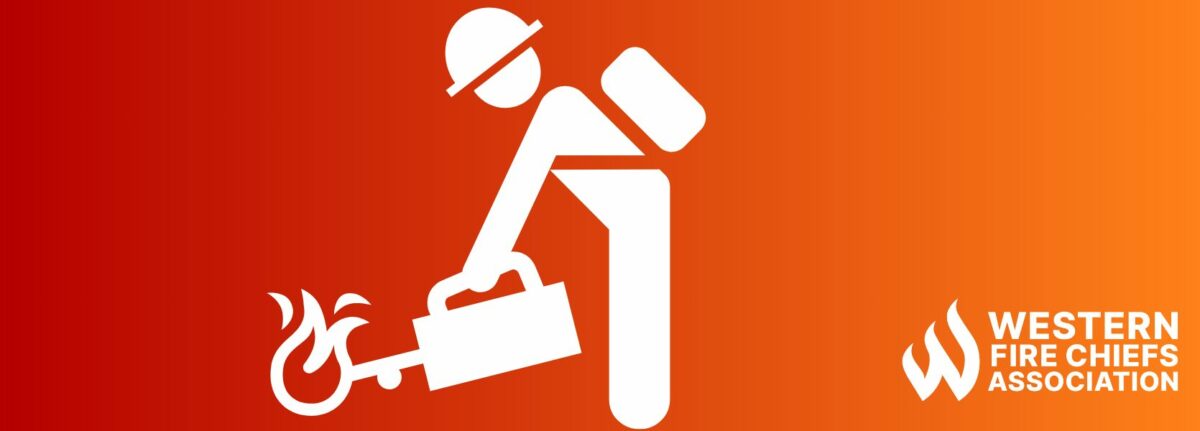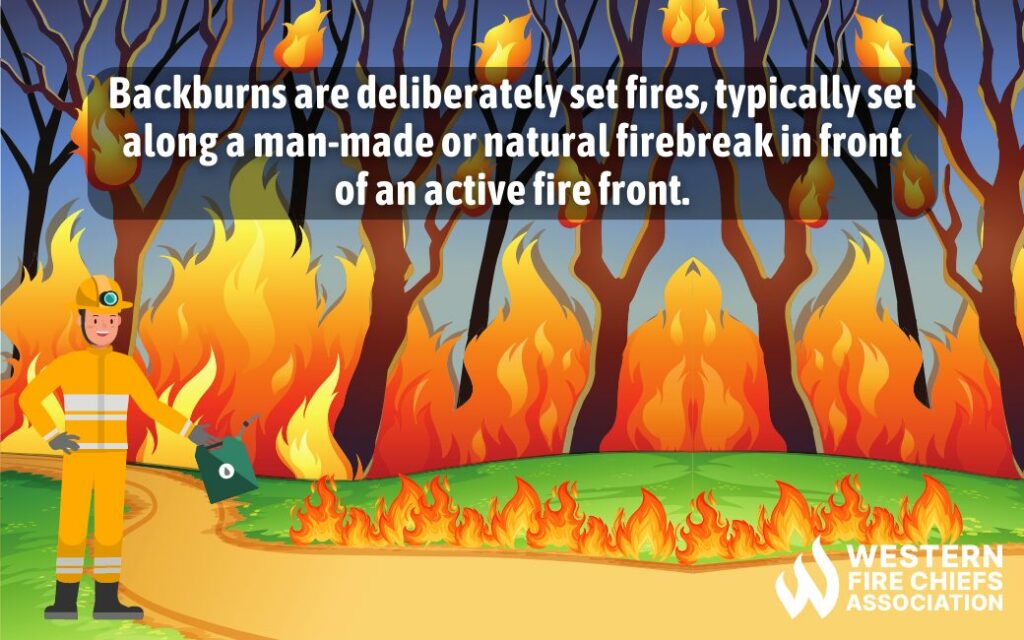Fire Pit Safety Tips
Stay safe around the campfire with tips from the Western Fire Chiefs Association. Learn essential precautions and practices for a worry-free outdoor campfire.
Discover the crucial role of backburning in wildfire control. Learn how this strategic firefighting technique helps prevent and manage destructive blazes
Published:January 30, 2024
Edited:April 14, 2024

Discover the crucial role of backburning in wildfire control. Learn how this strategic firefighting technique helps prevent and manage destructive blazes.
Fire techniques, like controlled burns, are important for managing fires before they become dangerous. Controlled burns, also called prescribed burns, are when fires are intentionally started in a planned way to achieve specific goals. They help reduce the amount of plants that can fuel big wildfires, create safety zones called firebreaks, and imitate natural fire patterns in certain environments. By using controlled burns strategically, fire experts can lower the risk of large and hard-to-control wildfires.
Backburning, also called backfiring or blacklining, is a firefighting technique where fire crews essentially use fire to “fight” fire. Deliberately set fires are typically set along a man-made or natural firebreak in front of an active fire front. Once all the fuel is burned by the intentionally set fires the wildfire is no longer able to spread.2 The goal of backburning is to create a slow-moving and more controllable fire, but it can also be used in a predetermined area to create a controlled burn to aid in wildfire mitigation efforts.1

Backburning is used for a number of reasons, but it is most commonly used when a wildfire with unpredictable behavior is approaching areas of high concern, such as a community or other structures. This technique allows firefighters to prevent the spread of wildfires and reduce the fire’s intensity, but the technique can only be utilized if conditions allow. Backburning also produces smoke, but because it’s done in a controlled way, people can handle it better and reduce its impact on air quality. The controlled release of smoke in backburning is different from the uncontrolled and usually more damaging smoke that comes from big wildfires.3
As previously mentioned, conditions have to be right for this technique to be used. Factors to consider before backburning include weather conditions, topography, and the type of vegetation in the area. Backburning is typically done during the night when temperatures are at their lowest, winds decrease, and humidity rises.3 The process requires determining which way the fire is traveling and igniting the vegetation that is in the path of the wildfire.1 When done right, controlled burns help keep ecosystems healthy, decrease the chance of severe wildfires, and support the diversity of plants and animals in areas prone to fires.
Stay safe around the campfire with tips from the Western Fire Chiefs Association. Learn essential precautions and practices for a worry-free outdoor campfire.
Discover essential firework safety tips to ensure a dazzling display without accidents. Learn how to celebrate responsibly with expert guidance from WFCA.
Explore the role of AI in wildfire prediction with guidance from the WFCA. Learn how advanced algorithms and data analytics enhance early detection and response.